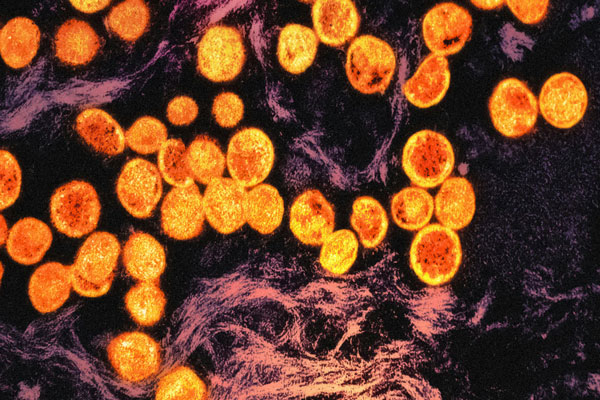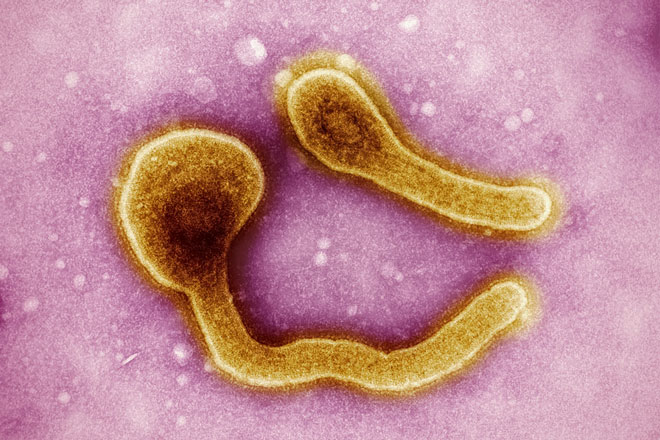Climate and disease in numbers: six ways in which our health is at risk from global warming
The Lancet has warned that “global health lies at the mercy of fossil fuels”. Here are six charts explaining how climate change is bad for our health.
- 30 November 2023
- 3 min read
- by Priya Joi
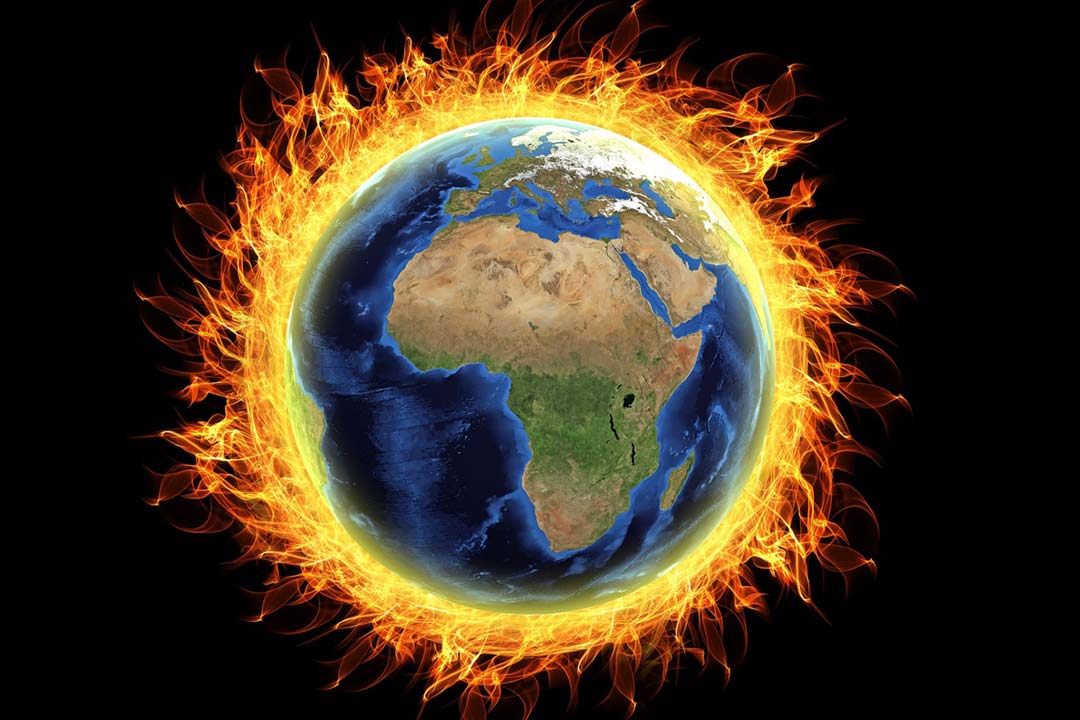
Climate change experts gather this week to discuss how to tackle an ever-hotter planet already facing extreme weather events that are putting millions more at risk of disease. Here we pull together numbers on just how climate is affecting our health, with a particular focus on mosquito-borne diseases such as malaria, dengue, chikungunya and zika.
As mosquito-borne diseases spread, millions who had never been at risk of these diseases will now be facing killer infections.
The good news is that we are starting to see major progress in vaccines for these diseases. We now have two malaria vaccines: RTS,S and R21, which will protect millions of lives when rolled out. Two new dengue vaccines are expected to be pre-qualified soon, which means that countries can include them in their fight against the disease. The US Food and Drug Administration has just approved the first-ever chikungunya vaccine.
1. The temperatures at which mosquitoes thrive
Different disease-carrying mosquitoes vary in the optimum temperatures at which they can spread pathogens such as malaria, dengue and zika. This means, for instance, that some areas will get too hot for malaria to spread easily, whereas others will start to become the perfect habitat for malaria-carrying mosquitoes.
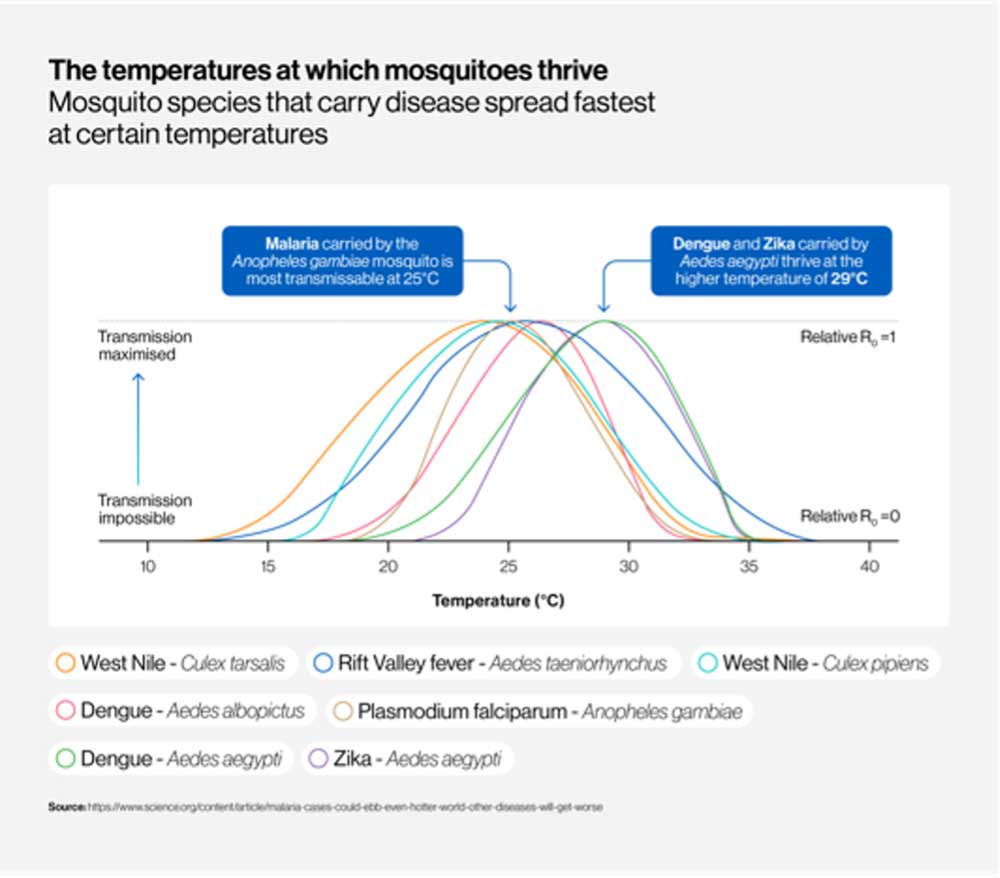
2. Malaria will spike with global warming
A significant number of children who would not have been at risk of malaria without climate change are at risk now. New figures released today show there were 16 million more malaria cases in 2022 than 2019 – a near 7% increase. In the last century, malaria-carrying mosquitoes have already increased their range dramatically.
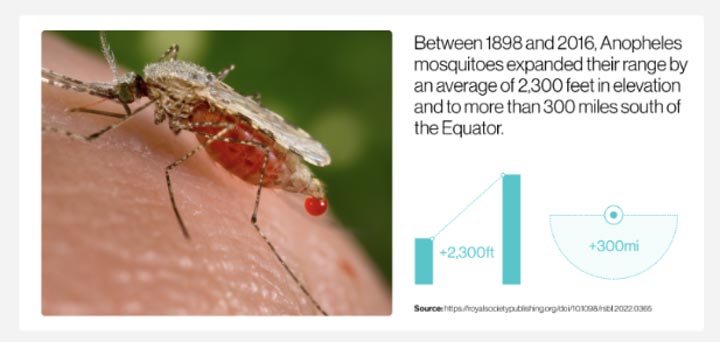
3. Millions more are at risk of dengue, zika and chikungunya
As mosquito-borne diseases spread, millions who had never been at risk of these diseases will now be facing killer infections. The biggest proportion will be in Europe, meaning that these countries will once again have to engage with battling diseases they had eliminated or never had to deal with.
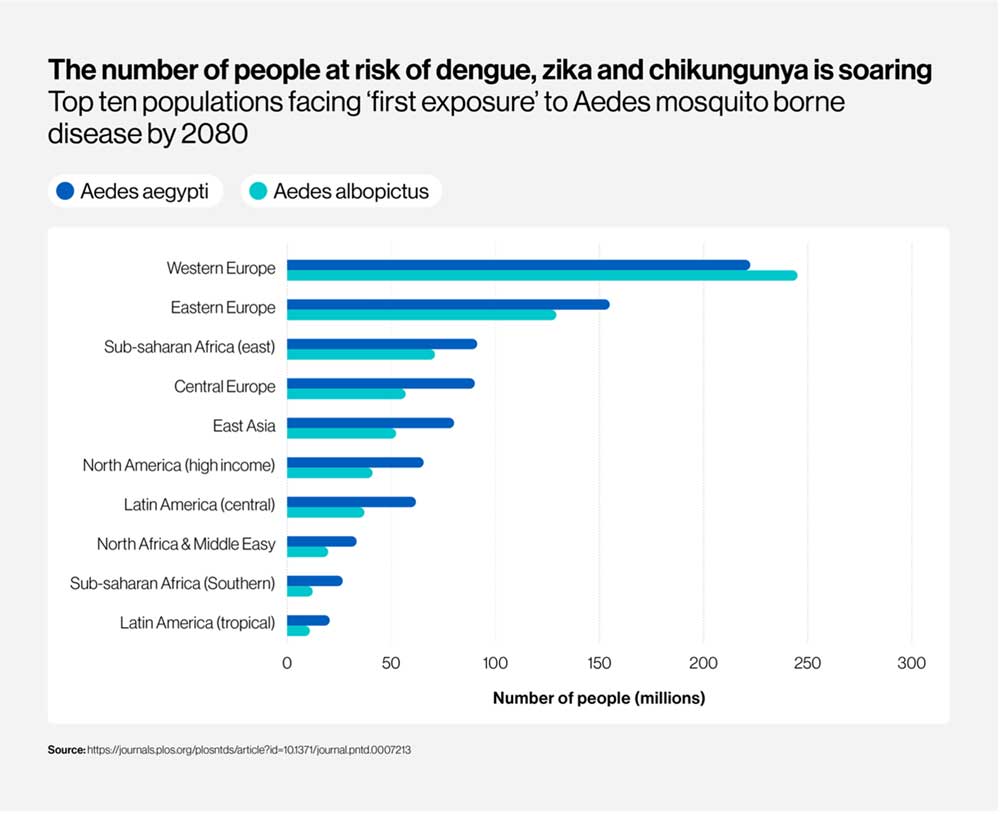
4. Global warming is driving up rates of infectious disease more generally
Over half of the world's infectious diseases are aggravated by climate change, according to a review published in Nature Climate Change, one of the most systematic studies yet. Of 375 infectious diseases studied, 218 (58%) were made worse by global warming.
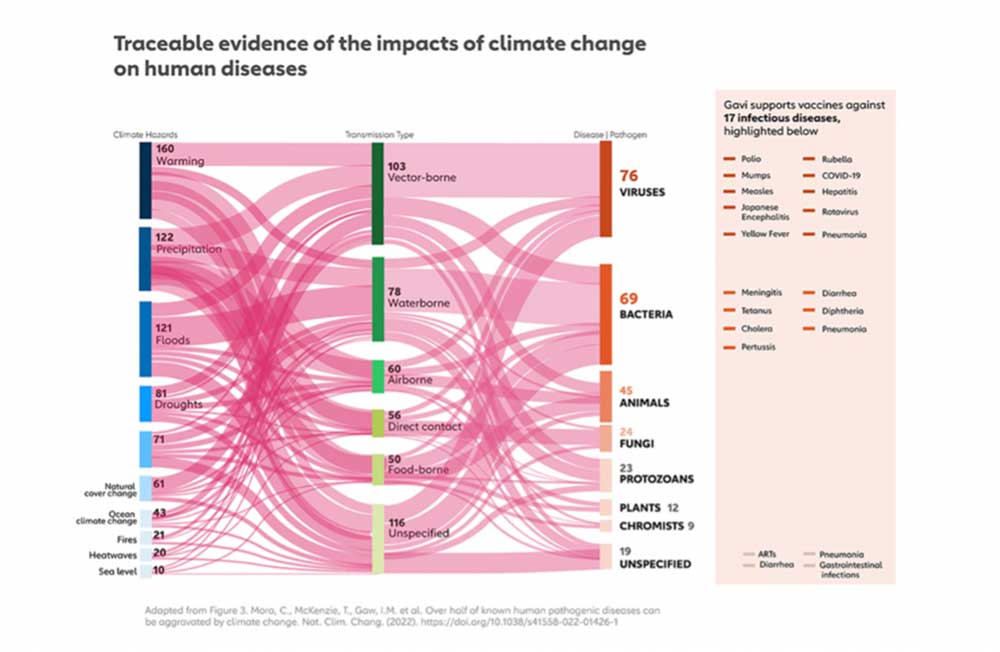
5. Climate hazards directly exacerbate disease
Global warming is altering our weather patterns in extreme ways, but the heat itself is one of the biggest risk factors in causing diseases to spike. Warmer temperatures in previously cool climates are now allowing insects like mosquitoes to expand their habitats. Extreme weather events also tend to push people and animals closer together as their existing homes may become uninhabitable, leading to a rise in animal-borne diseases in humans.
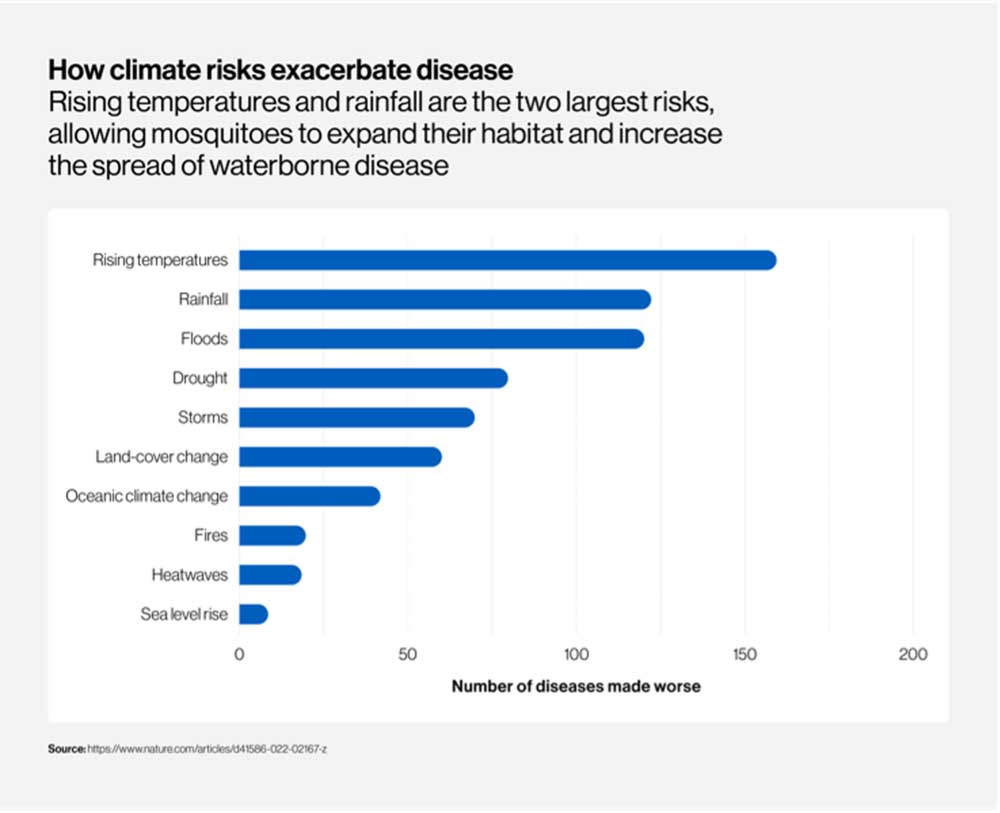
6. Climate change is not a future problem
The Lancet Countdown, an annual assessment of progress in mitigating climate change, warns that "global health lies at the mercy of fossil fuels". The report warns that we are heading towards a "dangerous future" where heatwaves, drought, and flooding are increasingly contributing towards food insecurity and a spread of infectious diseases.
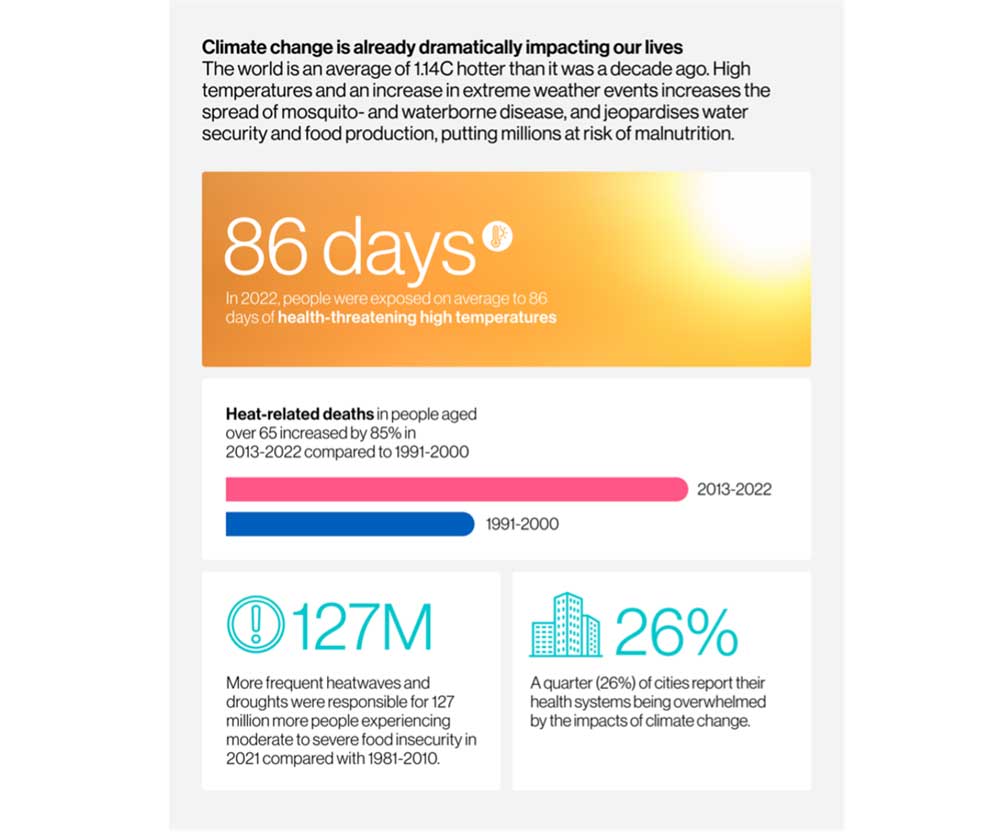
More from Priya Joi
Recommended for you




